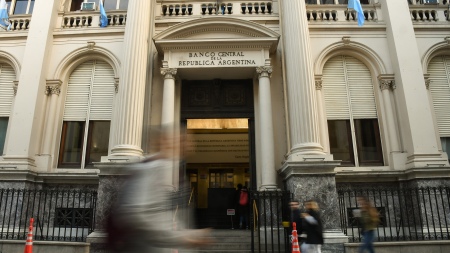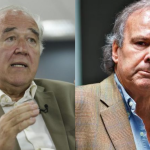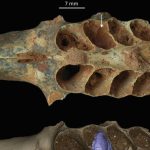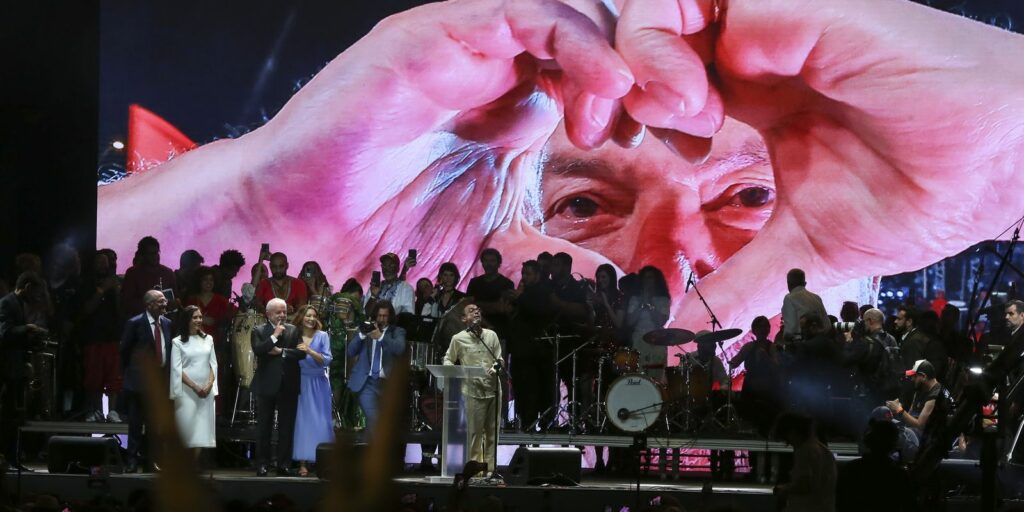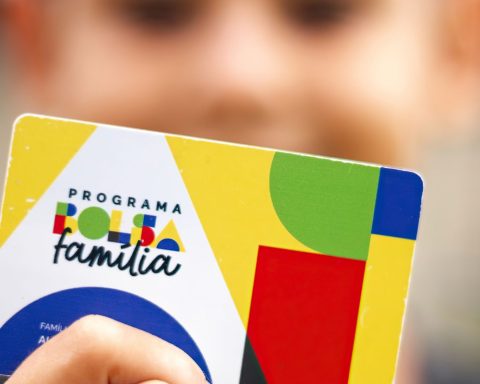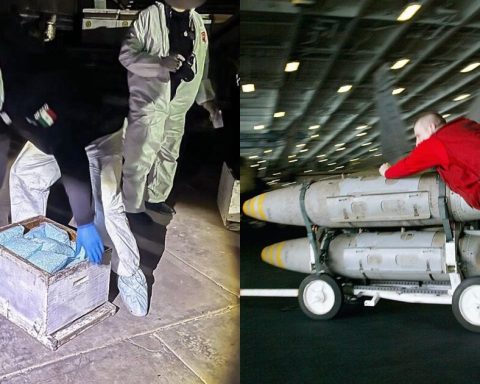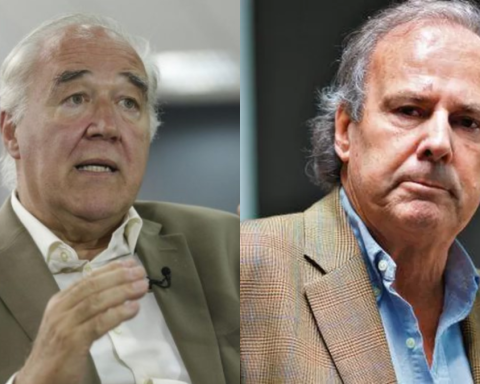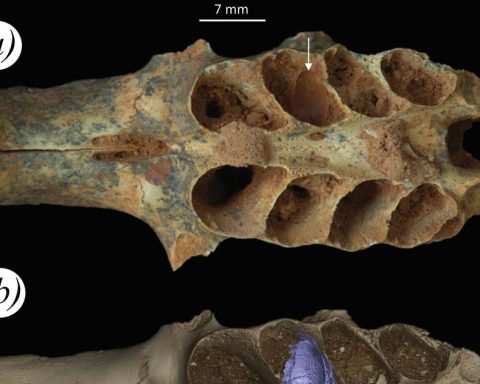The Central Bank (BCRA) bought US$539 million in the exchange market, the second most important acquisition of the year, only behind the US$560 million reached on June 29.
This Thursday’s figure was made possible by the incentive generated in the agro-export sector with the reimplementation of a special exchange rate for exports of the soybean chain and by the inflow of funds for infrastructure works.
Thus, In the accumulated of 2022, the monetary authority has bought US$ 5,690 million in the marketthus exceeding the US$ 5,524 million achieved in 2021.
The positive balance of this Thursday is added to the US$ 1,640 million that the Central Bank acquired during the last 22 days.
In this way, the total amounts to almost US$2,179 million since the Export Increase Program (PIE) was reinstated, which establishes a differential exchange rate for the soybean complex of $230 for each dollar unit.
The acquisition of the day was also favored by the inflow of funds for investment in infrastructure, which would correspond to part of the Chinese credit for the construction of dams in the province of Santa Cruz.
While, On the day of this Thursday, the soybean dollar contributed US$ 177 million.
Since the entry into force of the measure on Monday, November 28, the Central Bank managed to hoard foreign currency in 21 of 22 exchange days.

The only exception occurred on Tuesday of last week when the monetary authority sold US$ 31 million, in a round limited by the holiday decreed by the Government to celebrate winning the soccer World Cup in Qatar.
Since the reopening of the PIE “US$ 3,035 million have been settled,” revealed an official report, which also highlighted that “the result of soybean exporters exceeds the commitments assumed and there are still two days of operations left.”
Indeed, the sector’s promise on this occasion was to settle at least US$3 billion by the end of the month.
The accumulation and strengthening of the BCRA’s international reserves was one of the four main axes outlined by the Minister of Economy, Sergio Massa, when he assumed command of the portfolio on August 3.
It is also one of the goals contemplated in the agreement with the International Monetary Fund (IMF): the commitment assumed was to add US$ 5,000 million to the reserves held by the Central Bank throughout 2022, according to the last provision negotiated with the multilateral organization.
With the registration of this Thursday, the monetary authority has acquired US$ 5,690 million in the MULC, with which it will reach the last exchange day of the year tomorrow above the agreed goal.
Regarding the currency market in general, the retail dollar closed this Thursday at $183.95 average, with an increase of 44 cents compared to the last record of the wheel on Wednesday.
In the stock segment, the dollar counted with settlement (CCL) fell 1.6% to $340.58 and the MEP rose 0.8%, at $334.36.
In the informal market, the so-called “blue” dollar is trading at $350 per unit, down $7 compared to yesterday’s final result.
In the wholesale market, the US currency marked a rise of 38 cents compared to its last close, and ended at $176.78.
Likewise, the dollar with the 30% surcharge – contemplated in the Country tax – averaged $239.13 per unit; and with the 35% advance payment of the Income Tax on the purchase of foreign currency, the average value was $303.52.
The dollar destined for tourism abroad -and which has a rate of 45%- was located at $321.91, while for purchases over US$ 300 -which has an additional tax of 25%-, it was positioned at $367. ,9.
The volume traded in the spot segment was more than US$569 million, in the futures sector of the Electronic Open Market (MAE) operations were registered for more than US$6 million and in the Rofex futures market US$1,636 million.
